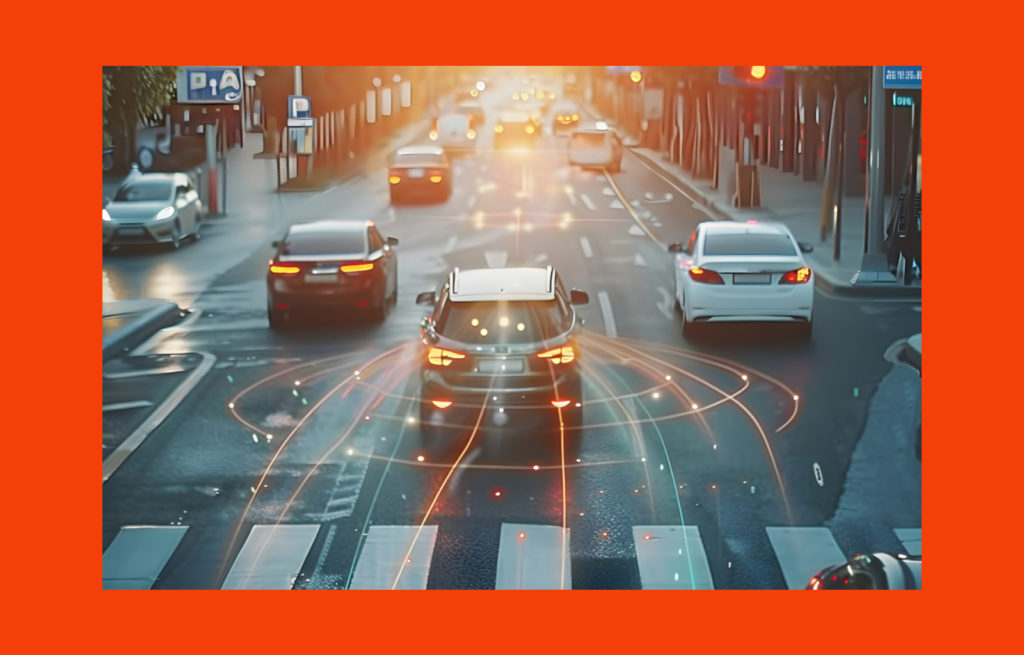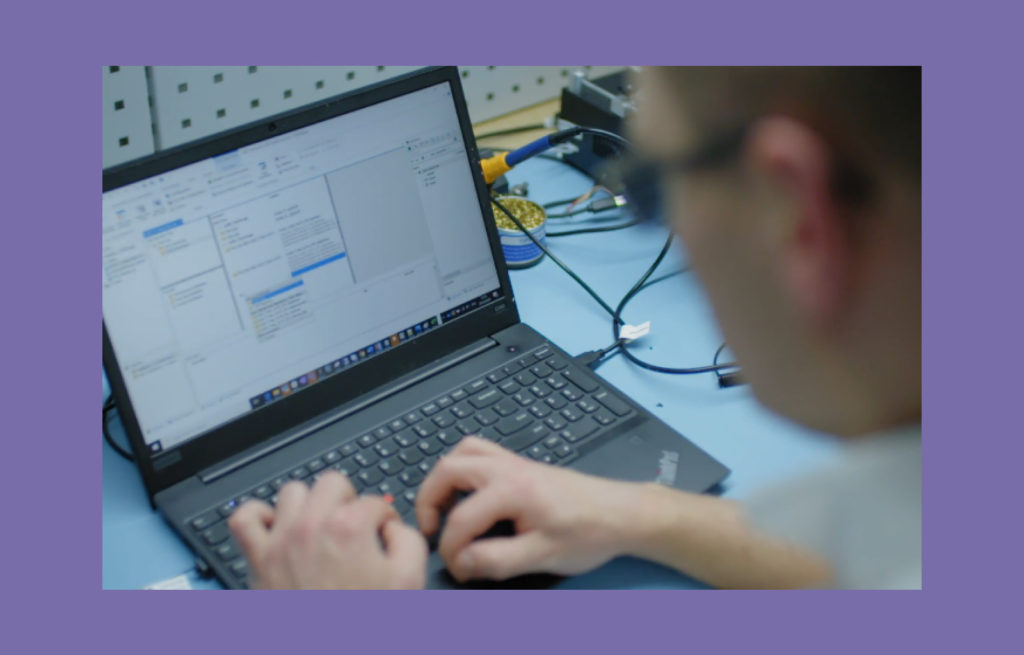Hype or reality: when will self-driving cars be available?
The answer to the ever-perplexing question ‘When will self-driving cars be available’ has never been more complex. Some claim that the autonomous car will be in production in the next 15 – 20 years, others – that they may never be available to regular customers. In today’s article, we provide an overview of the autonomous driving landscape and describe what obstacles the sector has to go through before introducing fully self-driving solutions.
To analyse the situation, we have to go back to March 18th, 2018. That’s when the first recorded fatality involving a pedestrian named Elaine Herzberg and a self-driving car happened. All autonomous driving in public areas was suspended because of the accident. The whole sector entered a plateau with almost all companies working on self-driving vehicles pushing their release dates back.
That’s not unusual according to the Gartner hype cycle theory [see below], but there’s also the questions of how and when the autonomous driving sector will enter the Slope of Enlightenment phase.
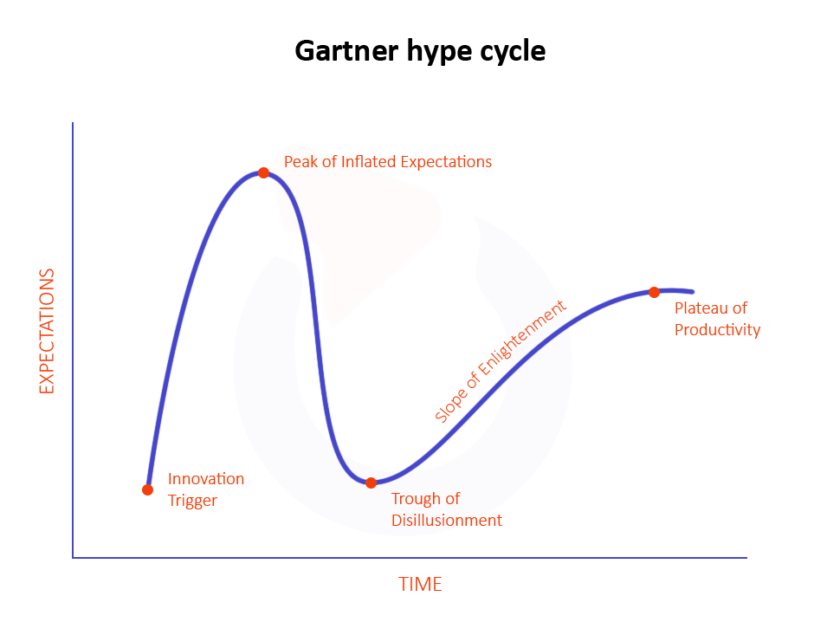
Who’s currently working on self-driving cars?
Let’s take a look at the main players in the industry and review how far they are from releasing an autonomous car on to the market.
Nissan
Last year, the company launched a new version of Skyline (known as Infiniti Q50 outside of Japan) sports sedan with features that put this model somewhere between levels 2 and 3 according to SAE Autonomous Driving classification. With the current version, you can safely take your hand off the steering wheel while driving on highways. As of September 2019, Skyline has been sold 1,760 times.
In February 2020, Nissan also tested its newest model called Leaf which broke the record for the longest self-driving car journey with 370 km driven all the way from Cranfield to Sunderland (UK).
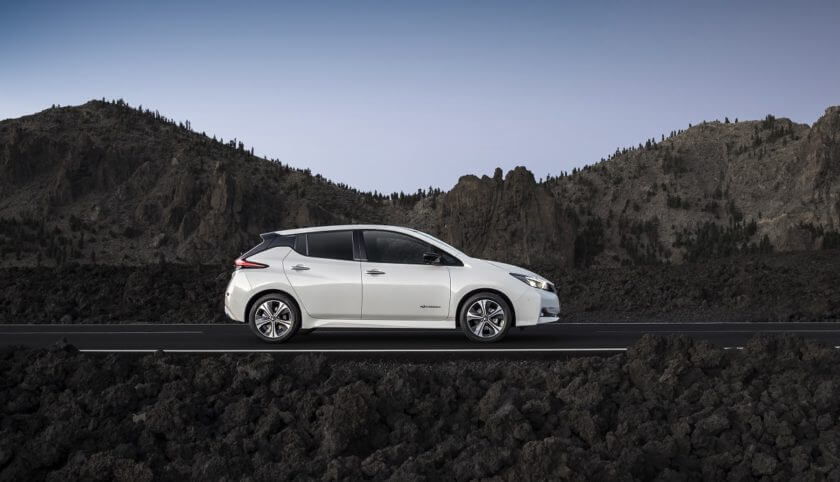
Via Nissan LEAF press release
Volvo
Volvo has an ambitious plan of releasing its technical feature called Highway Pilot and adding it to all its cars by 2022. So far, the company has been focused exclusively on privately owned vehicles and partnering with other companies, including Uber – with XC90 SUV being delivered as a mass-produced Uber car last year – and a Swedish supplier, Autoliv Inc. The latter collaboration ended in April 2020 with Volvo now working on the autonomous car on their own. They also recently announced that they’ve found a cheaper supplier of lidars and will start selling lidar-equipped cars in 2022.
Uber
The focus on autonomous driving shrunk abruptly following the accident I mentioned above. Uber even considered closing its testing lab, but instead, it’s moved away from releasing 1,000s of driverless cars on the road to trying them out on private tracks and via simulators. Ultimately, the company’s plan is to gradually add more autonomous driving features and extend the ‘safe’ routes to their cars, following the ‘hybrid autonomy’ strategy. In February 2020, Uber received a permit from the Department of Motor Vehicles in California to put its self–driving cars back on public roads, but it also had to close its AI lab a few months later – in May 2020.
Tesla
Tesla had its own share of accidents over the years, including those involving cars equipped with Autopilot feature. At least 3 of them are currently being investigated by the US National Transportation Safety Board. It doesn’t stop the company’s CEO, Elon Musk, from talking about plans to release its Full Autonomy feature as the next step. Based on Autopilot, the end solution would combine radar, ultrasonic and cameras. Tesla has famously not been using lidar which most of their competitors rely on.
In August 2020, Elon Musk took to Twitter to share more about Dojo, the supercomputer that Tesla cars will be equipped with that will help train neural net systems for processing ‘truly vast amounts of video data’ and enable self-supervised learning.
Toyota
Toyota is not currently developing its own driverless vehicle, but its partnership with Pony.AI established last year clearly shows the company’s interest in the technology. Pony.AI currently offers robo-taxi services in Guangzhou, China and Irvine, US. Toyota has also invested significant amounts of money in other autonomous driving enterprises including Didi Chuxing Inc., Uber Technologies and Monet Technologies, which makes this company one of the leading automotive investors.
Waymo
11 years in the making as a unit of Alphabet Inc., Waymo is perceived by industry experts as the leader of the autonomous driving sector. And the company’s milestones seem to be confirming it: Waymo received the first-ever permit to test out self–driving cars in real-life conditions in California back in 2018; the company also has a pilot programme for robo-taxis called Waymo One that’s currently operating in Phoenix, Arizona, with a record 100,000 rides in its first year. In May 2020, the company also unveiled its fifth-generation self-driving system with upgraded cameras, radars and LIDAR.
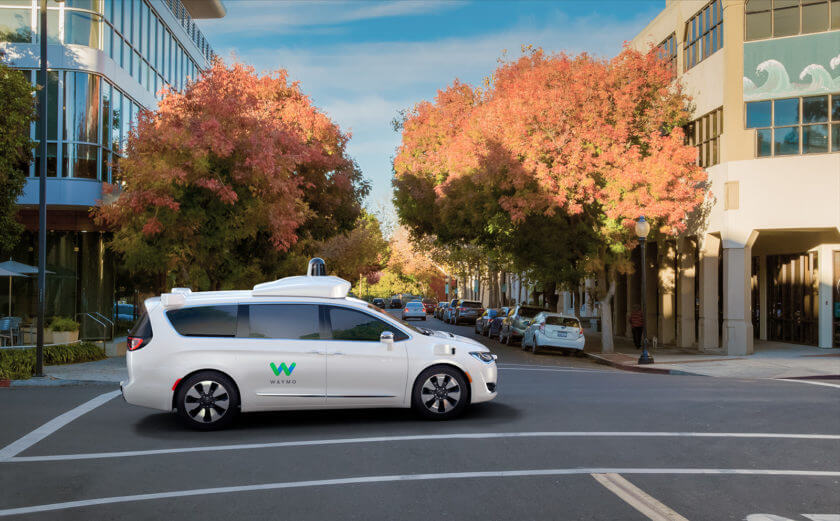
Via Waymo One press release
Cruise
General Motors-backed Cruise is slowly becoming one of the contenders for the title of the leader of the autonomous driving sector. Although the company has missed its initial release date of December 2019, it’s still at least a few months ahead of its competitors. Cruise’s cars are currently being tested in San Francisco, with a modified version of GM’s Chevrolet Bolts as a testing model. In addition to Cruise, General Motors is also developing Origin, an autonomous shuttle built and presumably tested on the streets of Tokyo, in a partnership with Honda. GM also ran a car-sharing programme called Maven, but they decided to shut it down in April, 2020.
Aurora
Aurora’s dream team of CEO’s consists of experts who have previously led autonomous driving teams for the industry giants such as Tesla, Alphabet and Uber. The company is currently developing self–driving software for others, including Fiat Chrysler and Hyundai, but also has part of the teams working on solutions for the transportation of goods. The latter has gained Aurora investment from Amazon. Aurora’s experts based their simulator on drivers’ habits and other behavioural data for replicate edge cases and they test the vehicles in an environment that closely resembles authentic road conditions rather than in a lab.
BMW
Likeits competitors, BMW has been also betting on partnerships with other companies when it comes to developing a driverless vehicle. The company is currently working with Mobileye, Fiat Chrysler Automobiles and Intel on launching its level 3 SUV, iNEXT, in 2021. BMW has been also collaborating with Daimler on level 4 autonomous robo-taxis that are tested in real-life conditions in China, Germany, Israel and the US. This partnership ended in December 2019 and the BMW’s collaboration with Mercedes began, which has also now ended. This could mean that BMW are about to roll back on its self-driving programme.
Nuro
The main focus of Nuro is developing a transportation service that could take care of small errands such as collecting a pizza from a local restaurant or delivering groceries. Established only 4 years ago, Nuro is now funded by SoftBank and has an operating fleet of self-driving vehicles in Phoenix and Houston. Looking at how the vehicles are built, the company seems to be valuing safety over speed, purposely taking longer routes and driving slower. Nuro has been also recently approved to test their driverless vehicles in California.
It’s important to mention that these are not all companies are working on autonomous cars at the moment, so the game is still on.
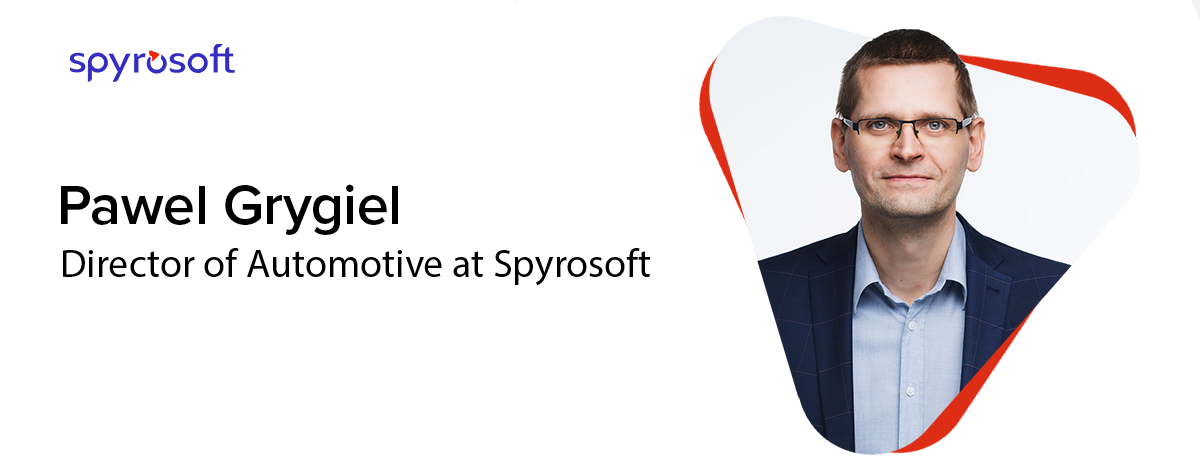
If I was to bet when self-driving cars will be available to the general public, I would say that it will happen in the next 15 – 20 years. There are still several problems that we will need to overcome before we introduce them on the roads. It’s not only about algorithms or legal regulations, but we also need more resilient computers and chips that will be able to process large amounts of data in real time. Technologically we’re not there yet, but we’re slowly getting there.
Of course, AV will not be introduced in all countries at once as we’re already seeing with places where these solutions are tested. It may be more difficult to launch them in certain geographical areas than in the others.
Why does it take longer than expected?
Although engineers have been trying to make self-driving cars for decades now, driving is – in fact – one of the most complicated activities a human can do. There are obviously rules on how to drive, but a lot of it is about staying vigilant, being flexible when responding to sudden changes in traffic and weather, communicating with others, predicting what will happen next and estimating time and distances. You may not be aware of it, but while you’re driving, you’re processing tonnes of data points and making complex decisions, with the potential for serious consequences if things go wrong.
We’re also experiencing a backlash in Artificial Intelligence developments. While the 2010s were great for the technology, now we’ve realised it comes with numerous limitations. The algorithms need to be 100% reliable and it takes a lot of effort from the engineering teams plus a lot of training using real-life data. The latter turned out to be very expensive to collect and didn’t contain enough edge-case events such as car accidents and unusual weather conditions for the training to be helpful.
Overall, the progress is slower than expected and there isn’t an easy way to make it faster. There are also changes that we would have to apply to our city infrastructures are organised as well as compliance to legal regulations.
Some researchers argue that we will need to adapt some areas of cities to autonomous vehicle usage, with wider streets, traffic lights replaced with transmitters, roadside units informing the car about current weather and a complex vehicle-to-vehicle network based on communication protocols. We’ll have to make these spaces easier to move around in and equip them with devices that indicate the conditions before we can let the self–driving cars into the so-called vehicle-to-everything (V2X) infrastructure.
Actually, some of these highly controlled driving environments are already used, including in Florida’s retirement communities where Voyage vehicles serve as shuttles for senior citizens, Phoenix where Lyft users can order Waymo minivans or Texas where groceries are being delivered by Nuro pods. All in all, this transition period would likely take decades to complete before we can rely on autonomous driving as a replacement for human-controlled cars.
How is autonomous driving regulated in different countries?
Although the autonomous sector in not heavily regulated at the moment, this is about to change. Following growing pressure from public institutions to create – ideally cross-national and as egalitarian as possible – regulations on self-driving vehicles, 53 countries have agreed on common regulations on level 3 autonomous vehicles in June 2020. The bill was signed by states in Europe, Africa and Asia including all EU members, South Korea and Japan. It will come into force in January 2021, and among other regulations, will force car manufacturers to equip the self-driving cars with black boxes, with a speed limit for the vehicles set at 60 km/h.
Many countries have also introduced their own law before the bill has been issued.
In the US the self-driving sector should be overviewed by the National Transportation Safety Board when in reality, only some of the states introduced separate bills to regulate the sector, with Arizona actually encouraging companies to test their newly-developed vehicles on their grounds.
In Europe, the afore-mentioned seems to be the most visible with the EU pushing for an alignment of national programmes for autonomous driving. Several states have released their own documents concerning the sector: in the UK, the government has set up the Centre for Connected and Autonomous Vehicles, a separate department that’s working on regulations for AV and testing on motorways. There are also two testing tracks in London and Coventry, both managed by research organisations.
The Australian government is currently also working on the regulations for the sector, followed by The Automated Vehicle Program Approach issued by National Transport Commission last year. The planned regulations will include autonomous and connected vehicles on all levels of autonomy.
In Asia, Singapore seems to be the leader in autonomous driving, with the government publishing the AV bill in 2017. One of its focuses is also lowering the costs of public transport by introducing driverless service by the year 2022 and is currently working on the solutions with a few private companies.
Although a few African countries have signed this year’s bill on regulating AV, most of them do not have any laws in place. At the time of publication, only the Republic of South Africa has expressed interest in developing measuring for AV solutions.
How did the pandemic influence the adoption of self–driving cars?
I asked this question to Pawel Grygiel, Director of Automotive at Spyrosoft Solutions:
The pandemic does not help the development of autonomous vehicles but actually I think that nothing can stop this being the direction we inevitably take. We can see it in the activity of our client’s Research and Development teams. They may have slowed down a bit, but there are no talks of closing the R&D departments working on AD technology development.
The race to release the first fully autonomous vehicle is on, and even though it may have slowed down, it’s still there and there are few serious participants who want to win it. Autonomy, along with the growth of electric cars will change how we think about mobility in general.
Also read: How has the pandemic influenced the automotive sector?
Wrapping up
As you may be aware by now, it’s difficult to set a deadline on the introduction of fully autonomous vehicles on the market. And even if they’re being sold, the need to own a private car may be replaced by a different concept.
The concept of a private car may be completely transformed in the years to come. Once can imagine a driverless fleet of cars that will be moving around the city driving people to and from different locations. These fleets could replace or become a part of the public transport network in the future.
– Pawel Grygiel, Director of Automotive at Spyrosoft Solutions
Numbers seem to be confirming the idea that autonomous cars will be shared rather than owned by one person. Sam Abuelsamid, principal analyst at the Detroit-based firm, claims that self-driving technology will be adding at least 5,000 – 20,000 USD to the price of a car.
So, even if autonomous cars will be available for purchase, they may not be affordable for a long time.
About the author
RECOMMENDED ARTICLES

